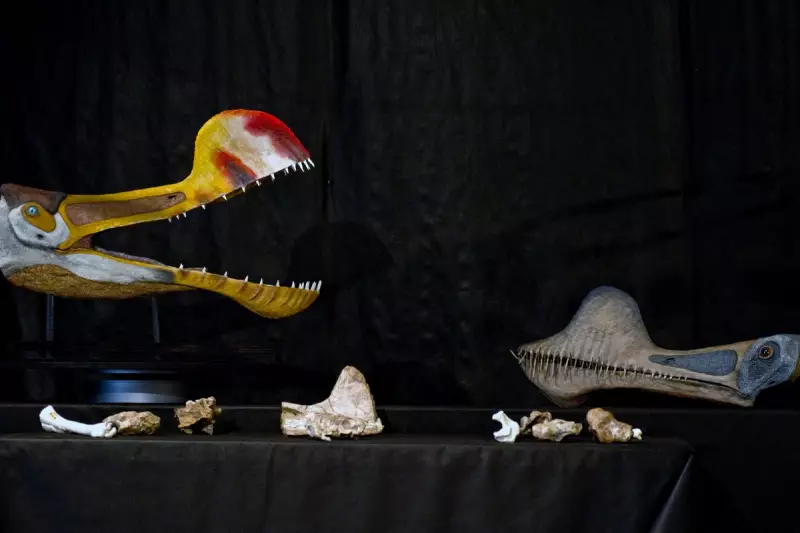
In a remarkable paleontological breakthrough, scientists have uncovered compelling evidence that challenges our understanding of prehistoric flying reptiles. A newly discovered pterosaur fossil from China suggests these creatures may have enjoyed a more varied diet than previously thought - including plants.
A Game-Changing Discovery
The exceptionally preserved fossil, found in Liaoning Province, contains stomach contents that tell a surprising story. Researchers identified fragments of plant material alongside more expected remains of fish and small animals, indicating these flying reptiles had omnivorous tendencies.
Rewriting Prehistoric Diets
"This finding fundamentally alters our perception of pterosaur feeding habits," explained lead researcher Dr. Zhang Wei. "While we've long known about their carnivorous tendencies, the plant matter suggests a more complex ecological role than simple predators."
What the Fossil Reveals
The 120-million-year-old specimen belongs to the Istiodactylus genus and shows several remarkable features:
- Preserved stomach contents with mixed dietary evidence
- Tooth structure suggesting adaptation for varied food sources
- Anatomical features indicating potential seasonal diet changes
This discovery opens new avenues for understanding the ecological dynamics of the Cretaceous period and how different species coexisted.
Implications for Future Research
The research team emphasizes that this finding should prompt re-examination of other pterosaur fossils for similar evidence. As Dr. Zhang notes, "We may have been overlooking crucial dietary clues in specimens we thought we understood completely."
The study, published in Nature Communications, represents a significant step forward in our understanding of prehistoric ecosystems and the complex food webs that existed millions of years before humans walked the Earth.





